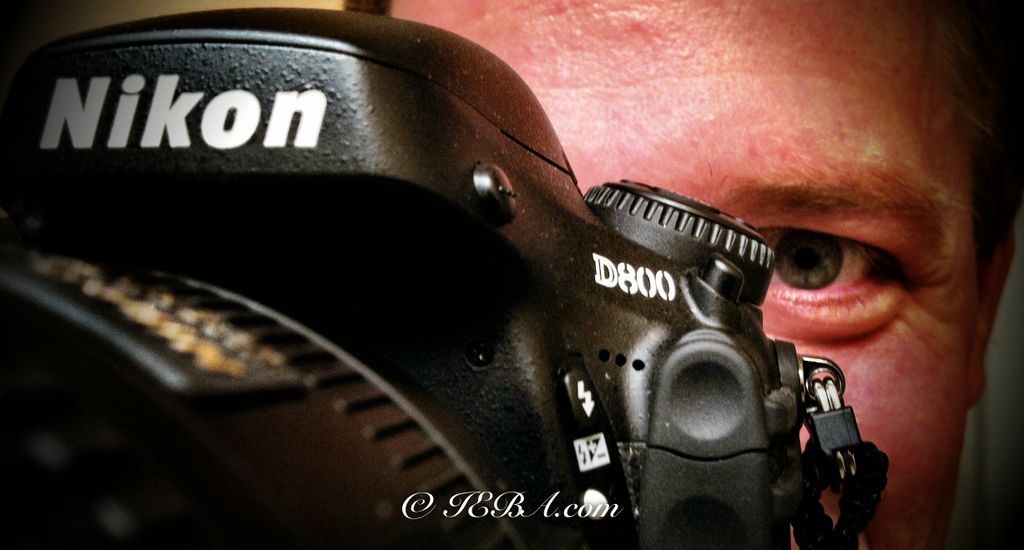Review: Nikon D800 DSLR Camera, Part 1
In this two-part series, we'll examine how well Nikon's much-heralded D800 DSLR works as a video camera, in terms of operability and functionality. In part two, we'll report on some audio and video tests comparing the D800 to another highly regarded DSLR, and to a more traditional prosumer camcorder.
There's no question that video-capable DSLR cameras offer a very different look from prosumer camcorders for about the same price. Plus you also get phenomenal stills, something no video camera--not even a 5k RED Epic--is going to match. I found this to be especially true when shooting with the 36 MP, full-frame, Nikon D800. The D800 and Nikkor 24-120mm VR lens system submitted for review by Nikon, lists for $4,200. A decent prosumer camcorder, like the Panasonic AG-AC160, which I had an opportunity to test a few months ago, has a street price just north of $4,000. So they are definitely comparable in price. The real issue is the look of the image, versus usability and features.
In this two-part series, I'll begin by looking at how well the D800 works as a video camera, in terms of operability and functionality. In part two, I'll report on some audio and video tests comparing the D800 to another highly regarded (though significantly less expensive) DSLR, the Panasonic GH2, and to a more traditional prosumer camcorder.

DSLR Video Capabilities
For this review I'll focus on the video aspects of this camera. There has been more than an encyclopedia written about its photographic prowess, especially with the class-leading 36 MP sensor. Speaking strictly as an avid amateur photographer, I've been blown away with the stills and I feel that the camera's capabilities will not hold anyone back. The quality of the shot will only be limited by what you put in front of the lens, the lighting, etc.
As for video, one thing you simply cannot easily get with a small-sensor camcorder is the shallow depth of field, and it's nearly as difficult to pull off the "organic" look you get with a large-sensor camera. The ability to focus the viewer's attention on an element in the frame can be very useful. Also, these large-sensor DSLRs use pixel binning and other technologies to dramatically minimize the amount of noise that makes it into the final image when "dialing up the gain" or ISO in low-light situations. This is simply not possible in a video camera that uses 1920x1080 pixel chips. There are no "spare" pixels available to blend away an individual pixel of noise. It has to be done by software that averages pixels within the frame, or across several frames, and each of those methods can rob the pixel-for-pixel images of detail.
On the other hand, what DSLRs lack are the operational conveniences that have long been standard features of professional and prosumer camcorders. These features include professional audio connections, controls, and monitoring: XLR jacks, Mic/Line switches, phantom power, built in audio pads for hot signals, on-screen stereo audio meters, and the ability to easily adjust, or monitor, either channel while the camcorder is recording. All of these are features camcorder users expect, but are generally unavailable on DSLRs. Here are a few more: a large, 16:9 tilt-swivel display; built-in waveform monitor; adjustable zebra; focus peaking; false color; and other assessment tools. Then there are the multiple, simultaneous live video outputs routinely found on pro and prosumer camcorders. The list goes on.
But there's a reason why DSLRs with video capability have become so popular: the "look" you can get using them to shoot video that is very hard to reproduce with a traditional, smaller-sensor, camcorder. This alone has caused many video producers to overlook and work around the missing features listed above.
Related Articles
D7100 features 24.1 megapixel CMOS sensor, 51 focus points including 15 cross-type sensors, 100-6400 ISO range, and new WU-1a wireless mobile adapter
In the P7700, Nikon has improved on earlier P7000 models with numerous video formats and a microphone input, plus a tilt-swivel display and several under-the-hood improvements. Is this the video-and-stills powerhouse I've been waiting for?
In Part 1 of this two-part series on the Nikon D800, I looked at the operation and functionality of the D800 DSLR as a video camera. Now, in Part 2, I'll share some usability notes, as report the results of some audio and video tests (with test footage) comparing the D800 to another highly regarded DSLR, the Panasonic GH2--to see if a lower-priced but very capable DSLR can measure up with quality glass--and to a more traditional prosumer camcorder.